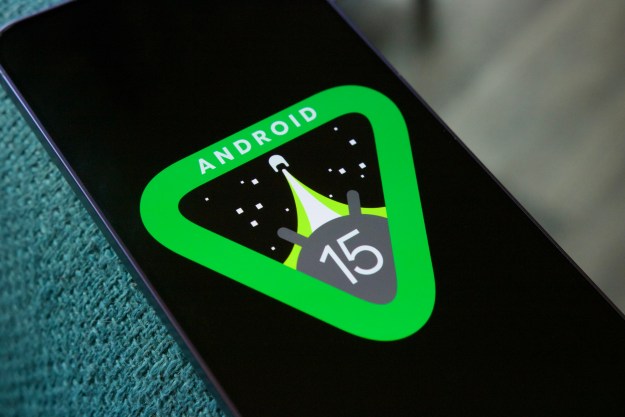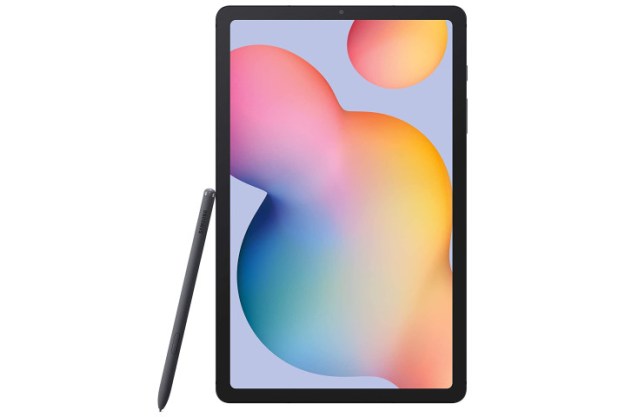
The image you see above was the Droid Bionic, but not anymore. When Motorola and Verizon first announced the Droid Bionic in January, it looked a lot like the Moto Atrix and we were told it would debut with Verizon’s 4G LTE network. That didn’t happen and the device has vanished from radar for the last six months. There have been rumblings of troubles and a possible redesign, but nothing official. Until now, that is. ThisIsMyNext has posted the first semi-official image of the newly redesigned Motorola Droid Bionic, the manufacturer’s first 4G LTE device for Verizon. Oh, and did we mention that it will have a dual-core processor? Unlike the HTC ThunderBolt and Samsung Droid Charge, this ad indicates that the Droid Bionic will have power and speed. Hopefully, it’ll have battery life too.

Surprised by the new look? The new design appears to be identical to some leaked shots from a few weeks ago. We suspect that the form factor changed for a number of reasons. Perhaps Motorola blamed the rounded look of the Atrix for its poor sales (we think it was the insane price of the laptop dock) or maybe the company had to switch shapes for technical reasons like the LTE connection, dual-core processor, or battery life. We suspect it may be all or most of the above and is an attempt to make the Bionic look more like the new Droid 3 and Droid X2, which look to be Moto’s flagship devices for the next few months.
We don’t yet have full specs, a price, or a release date, but we suspect the Droid Bionic will hit shelves pretty soon. We’ll have to see how the Bionic’s battery holds up to a dual-core processor and a 4G LTE connection.
Editors' Recommendations
- MediaTek hikes 4G chipset prices by 15% as supply chain woes continue
- Mobvoi’s connected Ticwatch Pro 4G LTE takes on Apple and Samsung in the U.K.
- Mobvoi’s new TicWatch Pro 4G/LTE smartwatch lasts 2 to 30 days with a catch


